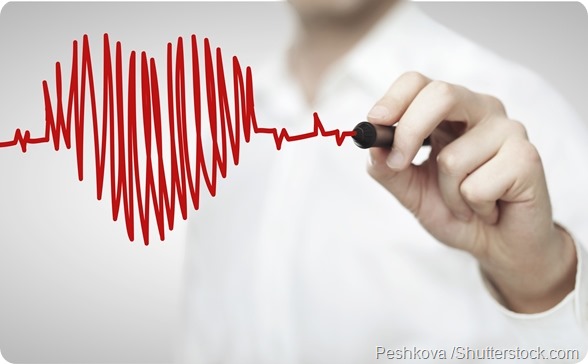Researchers have developed a gene transplant procedure that can transform ordinary heart muscle cells into “biological pacemaker” cells that maintain heart rhythm.
If proved effective in humans, the gene therapy could provide an alternative for people who need a pacemaker but cannot have one implanted. It could also eliminate the need for pacemakers altogether.
“We have been able, for the first time, to create a biological pacemaker using minimally invasive methods and to show that the biological pacemaker supports the demands of daily life,” says lead author Eduardo Marbán. “We also are the first to reprogram a heart cell in a living animal in order to effectively cure a disease.”
The success of the animal study follows more than ten years of research aimed at developing biological therapies for patients who have to undergo surgical intervention to have a pacemaker implanted. In the United States, 300,000 individuals with heart rhythm disorders have a pacemaker implanted every year.
Marbán and colleagues managed to transform an area of unspecialized heart cells that would not usually play a role in heart beat, into rhythm keeping pacemaker cells. For the study, the researchers used a gene called TBX18 which codes for a protein that maintains the heart’s rhythm. They injected the gene into the hearts of pigs that had complete heart block and abnormally slow heart rates, of below 50 beats per minute (bpm).

As reported in Science Translational Medicine, the gene transformed some of the heart cells into sinoatrial node (SAN) cells and the pigs’ heart rates increased to between 70 and 90 bpm, which is within normal range. This effect lasted for a fortnight.
Marbán explains:
In essence, we created a new sinoatrial node in a part of the heart that ordinarily spreads the electrical impulse, but does not originate it
“The next step is to perform long-term safety and efficacy studies so that we can advance towards first-in-human testing.”
“With more research, we might be able to develop a long-lasting biological treatment for patients,” he concludes.